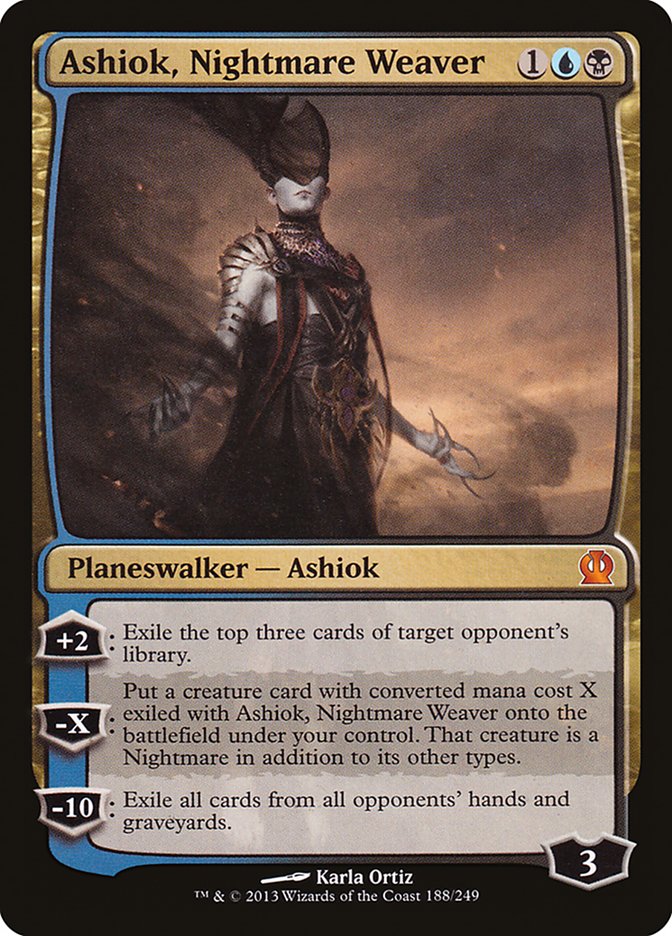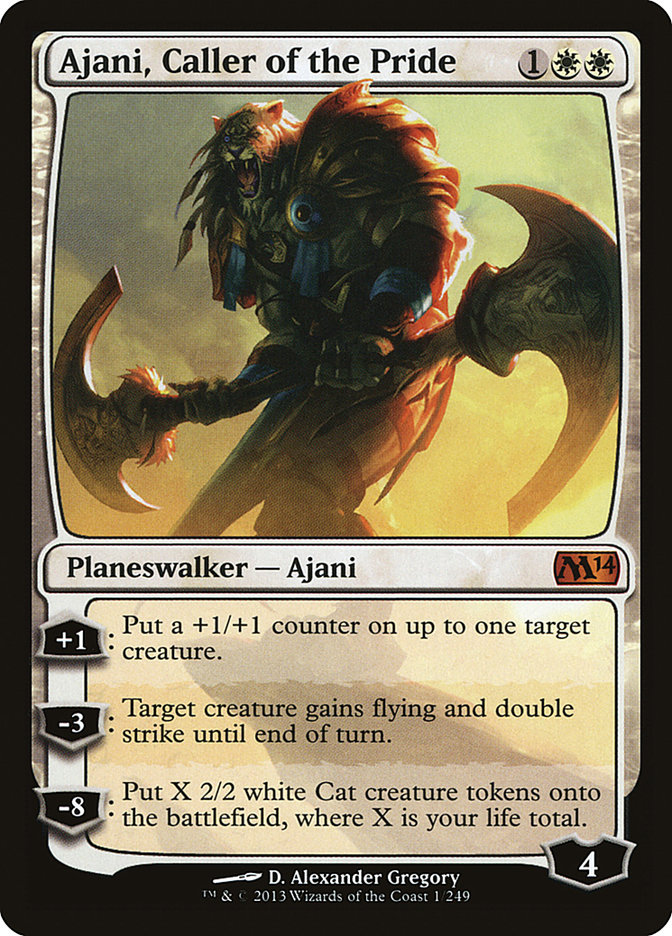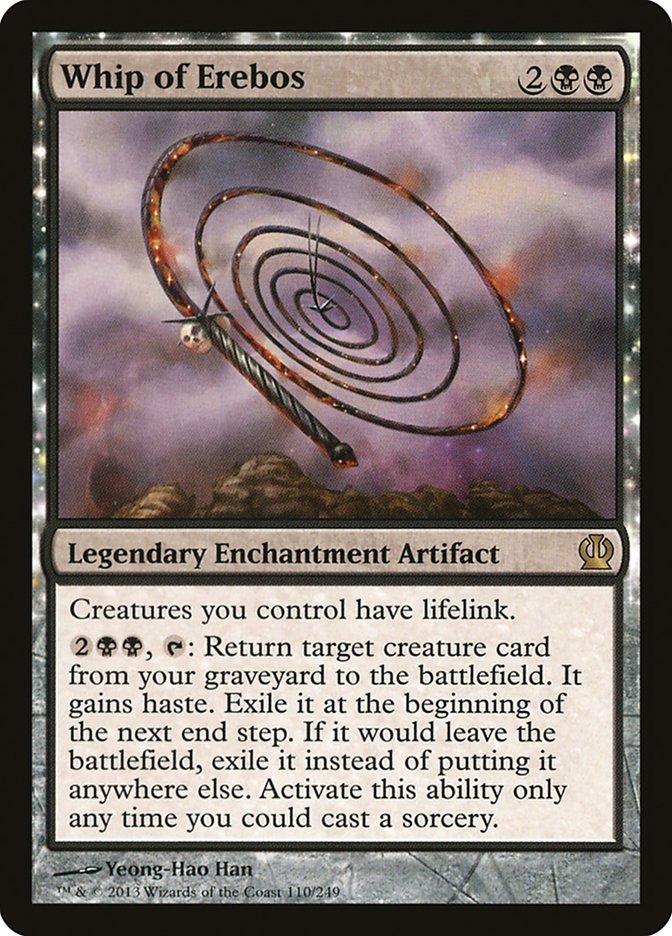One thing that a lot of people are surprised to learn about me is that I have a degree in Philosophy and Religion. They then almost always ask if I’m religious and are confused when I say that I’m not. The fact of the matter is that I’ve always just been interested in what people believe and why. I find learning the roots of different belief systems fascinating, especially those that are so different from what I grew up being exposed to.
The religion that I found most compelling in my studies was Buddhism. Unlike most organized religions, Buddhism actively encourages reflection, questioning, and reevaluation of its teachings. One of the sayings in Buddhism is "If you find the Buddha on the road, kill him." This is interpreted to mean that if you feel like you have complete understanding of the teachings of the Buddha that you should break them down and start again. There is no ultimate attainment of total knowledge but rather a constant process of learning and becoming.
Magic is like that too. A lot of people ask me what single piece of advice I would offer to someone who is trying to get better, and what I always tell them is "Focus on learning—not on winning." People get so caught up in always striving to win in the here and now that they hinder their development as a player. Whether by falling victim to results-oriented thinking to justify mistakes or refusing to play anything but a single strategy because it’s what they feel they are best at, they sacrifice future growth for satisfaction in the here and now. How very un-Buddhist of them, huh?
A lot of you probably read that and found it rather ironic. No, not the bit about Buddhism, but the part where I criticized players for always sticking to a singular strategy. I know a lot of people think of me as someone who always plays midrange green decks. While I do tend toward particular kinds of decks, they certainly aren’t all I can play—they are simply what I prefer, all things being equal, because I think it’s important to be proactive and the best way to do that is usually with creatures. It actually wasn’t for a long time in my Magic career that I became known for playing green decks.
In the very first Pro Tour, I played B/R Rack/Discard, splashing white for Balance. In the first tournament I ever won, I played U/W Control with only Millstones for win conditions—a card-for-card copy of Shawn "Hammer" Regnier’s PT1 Top 8 deck. My first Grand Prix win came with a Mono-Blue Ophidian deck. At US Nationals when the most popular deck was Fires of Yavimaya, I played Mahamoti Djinn, Thwart, and Foil, and the next year when Psychatog and U/G were on top, I played U/W/R with Lightning Angel. Even my first Pro Tour back, Honolulu 2009, I made Top 8 playing Esper Aggro. While many of my successes since have come with Forests, I also put Caw-Go and then Caw-Blade on the map.
It’s important to branch out—to keep learning and exploring. Most of the decks I built over the last year started with 4 Arbor Elf or 4 Avacyn’s Pilgrim and most for the next year will probably start with 4 Elvish Mystic, but every now and then I like to demonstrate my range. This week, I want to explore a number of nongreen decks that I think might have promise in the new Standard.
Creatures (21)
- 4 Desecration Demon
- 3 Thrill-Kill Assassin
- 4 Woodlot Crawler
- 4 Lifebane Zombie
- 2 Nighthowler
- 4 Tormented Hero
Planeswalkers (4)
Lands (24)
Spells (11)
Sideboard

This deck, like all of the ones I’m presenting here, is totally raw and untested. The entire concept is to explore the possibilities of Ashiok. When the latest three-cost planeswalker was first spoiled, it got a very lukewarm reception, generally due to its inability to defend itself immediately. While it might be true that it can’t immediately prevent itself from being attacked, it’s worth noting that a single use of its +2 ability puts it to five loyalty, which is absolutely huge for a three-cost planeswalker.
Now, it’s true that Ajani’s five loyalty out of the gates hasn’t gotten him anywhere just yet (though we’ll get back to him soon . . . ), but a big part of the problem with Ajani is that he doesn’t do anything on his own. If you play Ajani on an empty board and tick him up, you haven’t actually accomplished anything. With Ashiok, however, you are setting up its extremely powerful second ability.
If your opponent is playing a creature deck and they don’t pressure Ashiok right away, you threaten to generate a defense from their own creatures for free. Imagine a situation in which you’re on the play and you Thoughtseize your opponent’s one-drop, Doom Blade their two-drop, and then play Ashiok on turn 3, removing a powerful four- or five-drop creature. Unless they have some kind of haste creature to attack it with, they’re in huge trouble already! On your fourth turn, you can use the minus ability on Ashiok to steal their creature and still have four mana left over to play something else!
Against a control deck, Ashiok is an entirely different kind of threat. If you opponent is unable to deal with it immediately, you can tear their deck apart bit by bit, building toward an ultimate that will win the game far more often than not when it resolves—especially since you’ll generally keep your Ashiok around to keep ripping through their deck turn after turn.
The creature selection of this deck might seem a bit random, and frankly it is since I’m just looking for different ideas. I like having a variety of proactive cards you can play out in the early turns to protect your planeswalkers and pressure control opponents. It’s possible that Tormented Hero is too weak since it doesn’t block the turn you play it and you can’t take advantage of the damage it deals nearly as well as more aggressive decks, but it seems hard to compete without the potential for some kind of first-turn play. Maybe I’m spoiled by my lifelong relationship with Llanowar Elves and friends.
If you’re looking for quality one-drops, these days it seems like white has you covered.
Creatures (26)
- 4 Dryad Militant
- 4 Precinct Captain
- 2 Daring Skyjek
- 4 Boros Reckoner
- 3 Banisher Priest
- 3 Imposing Sovereign
- 2 Heliod, God of the Sun
- 4 Soldier of the Pantheon
Planeswalkers (3)
Lands (24)
Spells (7)

This deck is a bit more straightforward. White has a lot of powerful early creatures these days, a fact I’m sure makes Craig Wescoe quite happy. Not only that but it also has a number of strong noncreature permanents that give it a lot more resilience to sweeper effects than it has historically enjoyed. Both Heliod and his Spear allow you to present a significantly more threatening board without committing additional creatures, and Mutavault (alongside twenty beautifully basic Plains) lets you keep the pressure on even after a sweeper.
It is partially the presence of Mutavault that makes me think we may have finally found a home for Ajani. One of the problems Ajani has always had is that he is weak on an empty board, as I mentioned earlier in my discussion of Ashiok. Alongside Mutavault, though, Ajani can represent a significant amount of damage even as your only nonland permanent post-Supreme Verdict. Keep in mind that you can use Ajani’s +1 ability on Mutavault itself even before your opponent sweeps your board, which allows you to keep the pressure on once the rest of your creatures die. It’s also worth noting that Ajani works very well with Heliod, God of the Sun. If you have both of them in play, your opponent can sweep your board, and you only have to play one mana’s worth of devotion on your turn to jump Heliod to the air for a quick ten to the face.
Both Ajani and Spear of Heliod also work very well with Precinct Captain, who may just be the best two-mana creature around. They can both pump it to 3/3 immediately, which makes it much better able to attack through opposing blockers. Ajani’s double strike leap ability also lets you get in for an additional Soldier token, which is worth keeping in mind particularly when you have Spear to pump them and Brave the Elements to get them through.
Or we could go for something a bit . . . wackier.
Creatures (22)
- 2 Obzedat, Ghost Council
- 4 Cartel Aristocrat
- 2 Sin Collector
- 2 Blood Baron of Vizkopa
- 2 Bogbrew Witch
- 4 Festering Newt
- 4 Lifebane Zombie
- 2 Erebos, God of the Dead
Lands (24)
Spells (14)

Okay, this deck is probably horrible. But I think there might actually be something to the Festering Newt / Bubbling Cauldron synergies that manifest here. Erebos gives you a real tool to turn life into cards, and Cauldron certainly gives you a lot of life. Dark Prophecy gets in on the action as well, making each Cauldron activation that much better while also powering up the devotion of your Erebos.
Angelic Accord may very well be too cute, but with Cauldron, Blood Baron, and Whip of Erebos all giving you opportunities to turn it on, it can potentially offer you a powerful way to additionally leverage all of the life that you’re gaining. The Whip actually works particularly well with the creatures in here, giving you additional triggers on Lifebane Zombie and Sin Collector. You can get especially tricky with Obzedat, who you can exile to his own trigger at the end of the turn rather than the Whip, letting you bring him back on future turns. This is because Whip says you exile it if it would go anywhere else, and since Obzedat is satisfying the exile portion of the effect with his own ability, he’ll come right back for more the following turn.
One thing that I think this deck has going for it is that you can easily take it in different directions to make it more powerful against specific strategies. Black in particular is incredibly strong right now I think in terms of the disruption it offers. This deck ought to have natural strengths against aggressive decks due to the life gain (though it probably needs more in the way of actual removal) and has access to all three of Thoughtseize, Duress, and Sin Collector to fight against control. That’s a difficult trio of effects to handle if you’re relying on specific cards!
I may lean toward playing proactive decks in general, but trying to play control in the new format seems crazy to me. Between the disruption available to black decks and the powerful noncreature permanents every color has access to now, from the Gods to their weapons, there are a huge range of problems that seem too difficult to fight. It was hard enough just trying to beat Domri before! If you’re one of the Patrick Chapin or Shaheen Soorani of the world who insists on showing up with a control deck at every event, I suggest that this is a chance to take a good hard look at your choices. It may be time to kill the Buddha.
Until next time,
bmk




